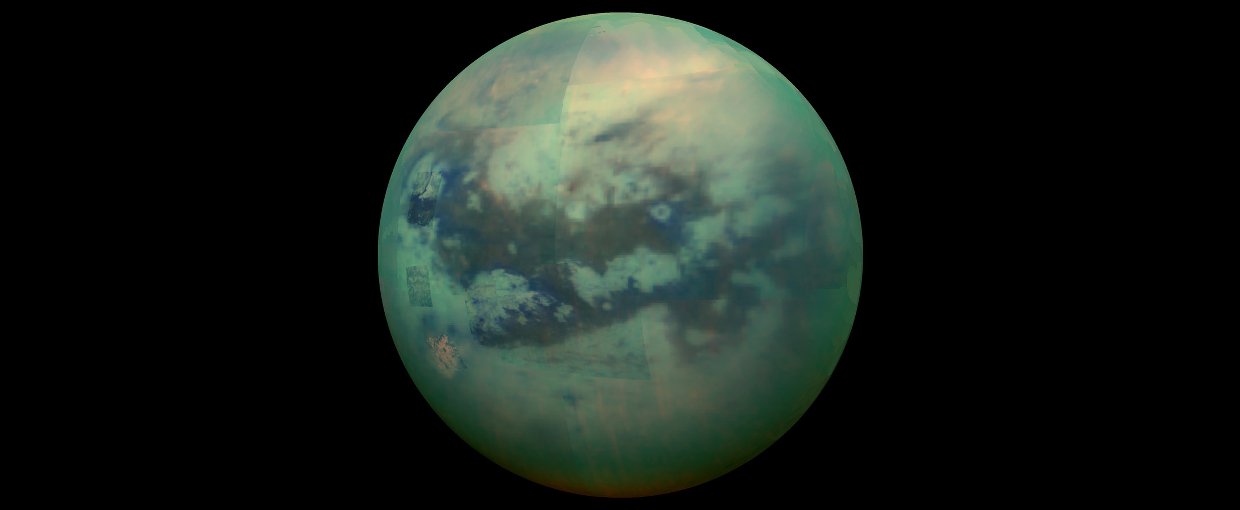
With support from NASA and other institutions, a team of geologists and planetary scientists have provided new insight into the flow of liquids on the surface of Saturn’s moon Titan. The new research discusses what has been learned over decades of research using data from the international Cassini-Huygens mission, and how rivers of hydrocarbons on Titan share characteristics with flowing water on the Earth and ancient Mars.
The researchers used a universal framework for river geometry to gain insight about the climate of all three worlds. The work provides methods to predict sediment and water fluxes on Earth in areas where it is difficult to conduct field surveys. With regard to Mars, the study indicates that long timescales and conditions favorable for life were required to produce the river deposits being explored by NASA rovers Curiosity and Perseverance. For Titan, the method indicates that the flow of methane rivers might have different geometry than rivers of water on Earth, and provides predictions for features that could be observed by NASA’s upcoming Dragonfly mission.
The study, “Reconstructing river flows remotely on Earth, Titan, and Mars,” was published in the Proceedings of the National Academy of Sciences.
Click here to read a post discussing the research results from Many Worlds.
The Many Worlds Blog chronicles the search for evidence of life beyond Earth written by author/journalist Marc Kaufman. The “Many Worlds” column is supported by the Lunar Planetary Institute/USRA and informed by NASA’s NExSS initiative, a research coordination network supported by the NASA Astrobiology Program. Any opinions expressed are the author’s alone.

